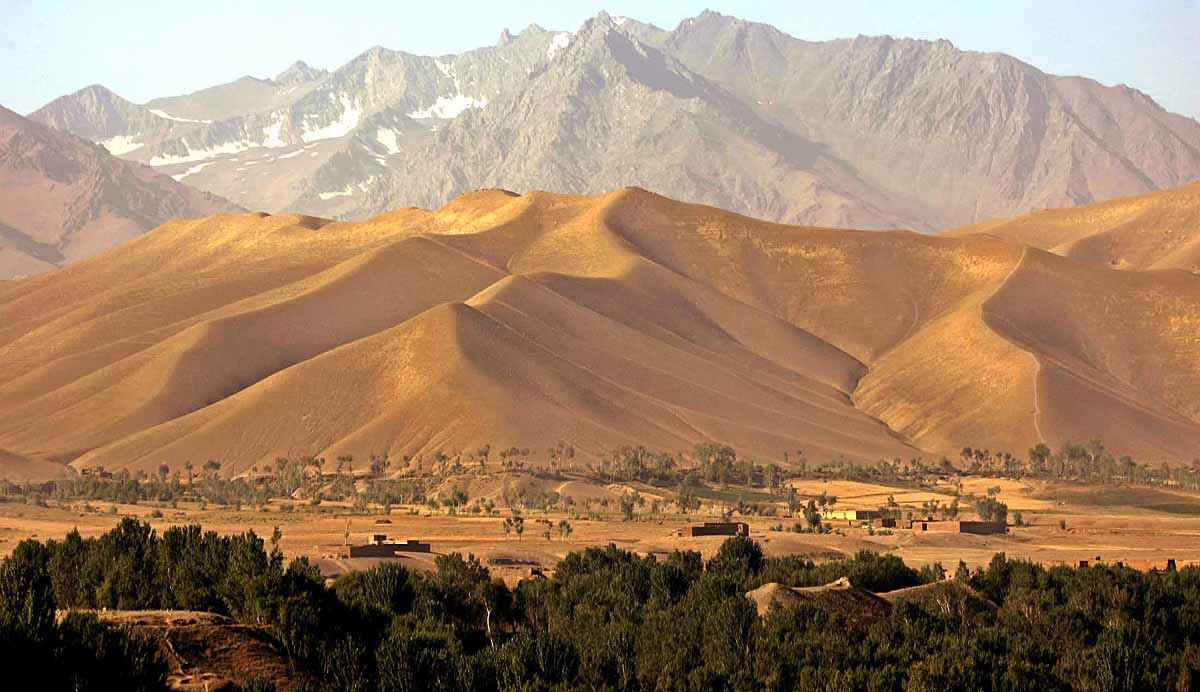Air pollution has emerged as a major concern, especially in the bustling cities of India and Pakistan like Delhi and Lahore, where even breathing can be challenging. People resort to wearing masks, schools shut down, and hospitals witness an influx of respiratory patients. Yet, why is this problem less visible in neighboring Afghanistan? Is the air there really cleaner?
Let's dive into understanding AQI. AQI is a numeric scale to measure air quality: 0-50 is good, 51-100 moderate, 101-150 unhealthy for sensitive groups, 151-200 unhealthy, 201-300 very unhealthy, and above 300 hazardous.
Key reasons for pollution include:
vehicle emissions, industrial waste, crop burning, and weather-induced air trapping.

Source: aajtak
Why is the issue more pronounced in India and Pakistan? Plainly, it's the dense population. India houses 1.4 billion, Pakistan more than 240 million. With sprawling cities and rapid growth, pollution is inevitable. However, in Afghanistan, with a population of around 40 million, these factors are minimal.
Population and Cities:
The high density of urban populations in India and Pakistan, with massive cities like Delhi (over 30 million residents) and Lahore (13 million inhabitants), leads to congestion and constant construction, stirring up dust and smoke.
In Afghanistan, a lower population means more rural areas, and even Kabul, with its 4 million residents, experiences limited traffic, thus maintaining better air quality.
Industries and Factories:
Textile mills, brick kilns, and chemical plants in India and Pakistan are significant pollution sources. In contrast, Afghanistan’s industries are restricted, mostly focusing on agriculture and animal husbandry. Mining is also small-scale, which helps keep pollution levels down.

Source: aajtak
Crop Burning:
In India and Pakistan, this is a grave issue, especially in Punjab during October-November when crop residue burning causes widespread smog. In Afghanistan, limited mechanization means burning happens on a much smaller scale.
Weather and Terrain:
The gangetic plains experience air trapping due to inversion effects, leading to prolonged fog during winters. Afghanistan’s mountainous regions facilitate air movement, although Kabul valley sees some pollution trapping.
Other Factors:
Cross-border pollution exchange between India and Pakistan significantly impacts air quality on both sides. In Afghanistan, dust storms and the tradition of burning wood or dung in winters present challenges, yet these factors collectively maintain lower pollution.

Source: aajtak
These reasons explain why pollution hits India-Pakistan with 50-70% higher annual rates. Afghanistan's average PM2.5 levels (fine particles) linger at 50-60 micrograms per cubic meter, compared to Delhi’s soaring 100-300. However, Afghanistan isn't completely clean — poverty drives coal and dung burning, exacerbating winter woes.
Pollution severely impacts lung health, rendering children and the elderly vulnerable. Countless individuals in India-Pakistan suffer annually due to deteriorating air. Afghanistan faces similar issues, but on a smaller scale.
Positive Outlook: A collaborative effort could yield great results among these nations. Initiatives such as reducing stubble burning, promoting electric vehicles, and planting trees offer hope. Afghanistan could benefit from India's Graded Response Action Plan.




